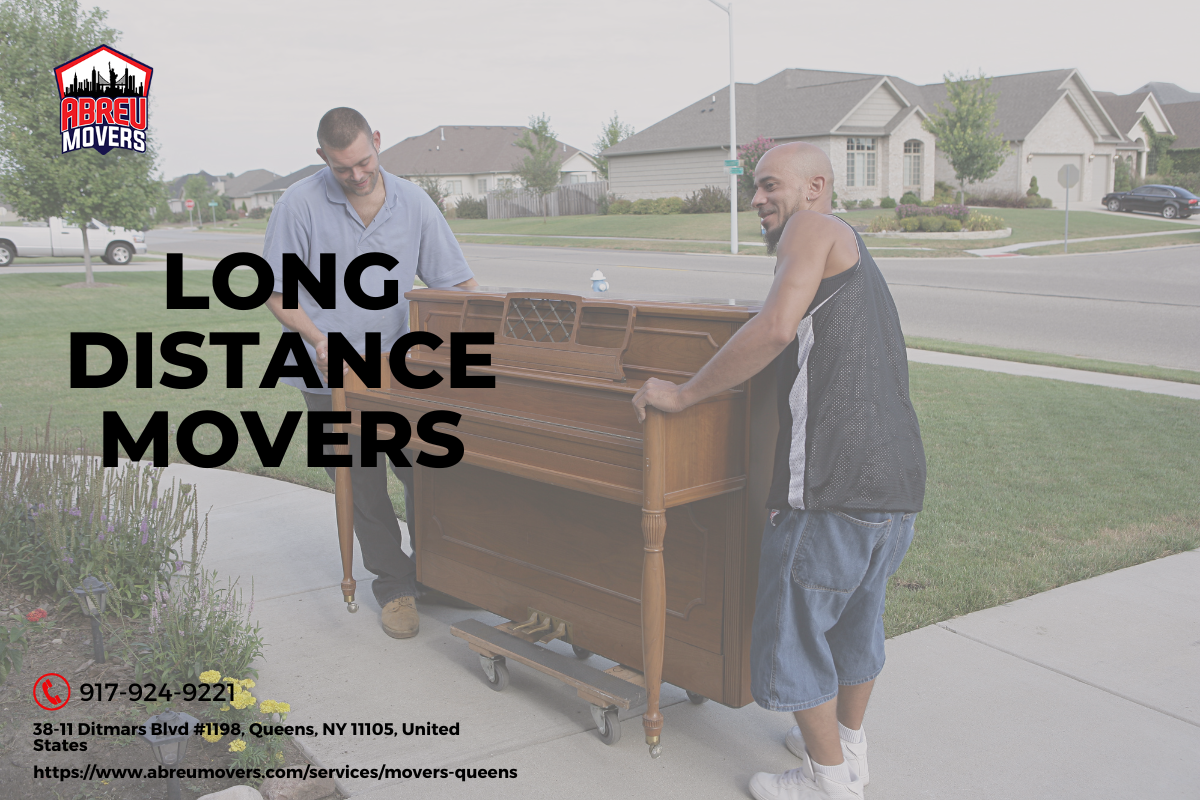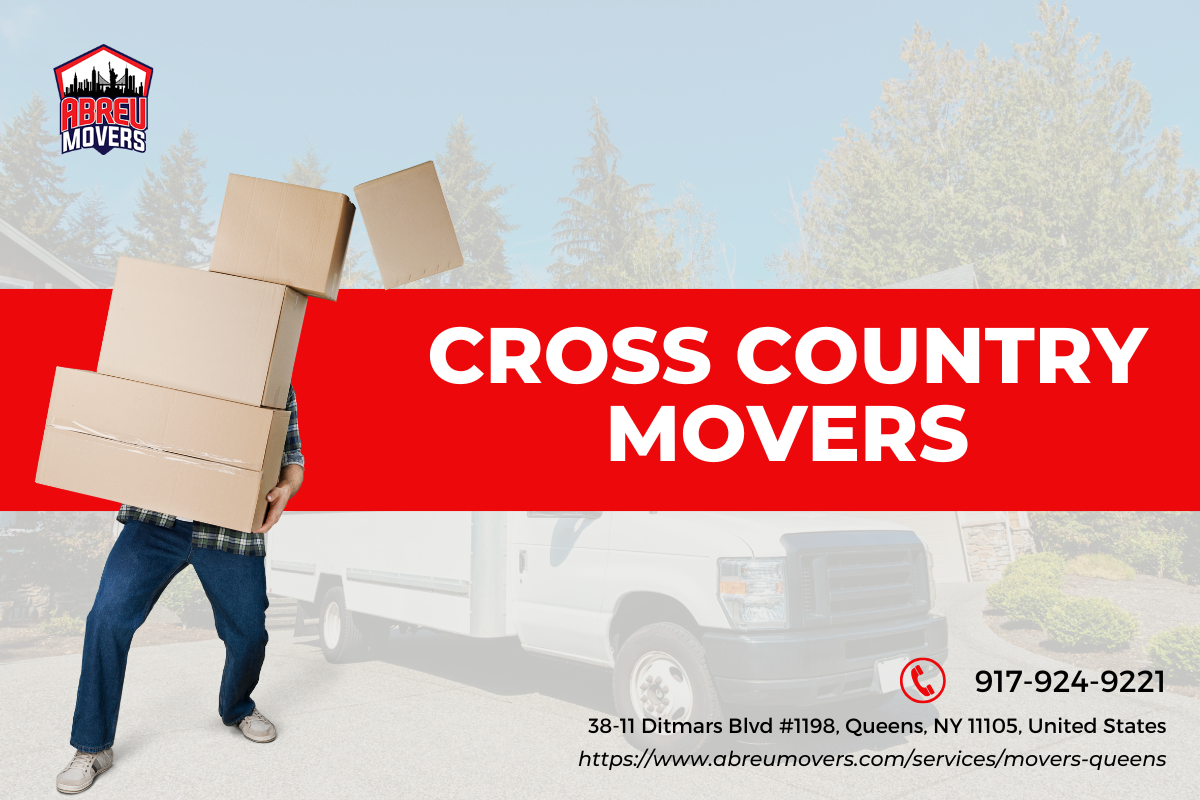


Introduction
Moving across the country can be an exhilarating yet daunting experience. The thrill of a new beginning is often overshadowed by the anxiety of ensuring your belongings https://canvas.instructure.com/eportfolios/3365277/erickmsuq942/the-best-time-of-year-for-long-distance-moves-a-seasonal-guide arrive safely at your new home. With the rising demand for long-distance moving services, it's crucial to understand how to prevent damage during your cross-country move. This article will provide you with expert insights, tips, and strategies to safeguard your possessions while navigating the complexities of a long-distance relocation.
How to Prevent Damage During Your Cross Country Move
When planning a cross-country move, it’s essential to take proactive steps to minimize potential damage to your belongings. Here are some key strategies:
1. Choose the Right Long Distance Moving Company
Selecting a reputable long-distance moving company is paramount. Research several long distance movers and check their credentials, reviews, and ratings. Look for companies that specialize in interstate moves and have a proven track record of customer satisfaction.
1.1 Questions to Ask Long Distance Movers
- What insurance options do you offer? How do you handle fragile items? Can you provide references from previous customers?
2. Create an Inventory List
Before packing begins, document all items that will be moved. This inventory list will help keep track of everything during the move and assist in filing claims if something gets damaged.
2.1 Importance of an Inventory List
An inventory list ensures accountability and clarity when dealing with movers or insurance claims.
3. Use Quality Packing Materials
Investing in high-quality packing materials can significantly reduce the risk of damage during transit. Use sturdy boxes, bubble wrap, packing paper, and specialized containers for fragile items.
3.1 Recommended Packing Supplies
- Sturdy cardboard boxes Bubble wrap Packing tape Markers for labeling
4. Properly Pack Fragile Items
Fragile items require extra care when packing. Ensure they are wrapped securely with bubble wrap and placed in boxes marked as “fragile.”
4.1 Tips for Packing Fragile Items
- Use double boxing for valuable glassware. Fill empty spaces in boxes with packing peanuts or crumpled paper. Avoid overpacking boxes to prevent crushing.
5. Label Boxes Clearly
Labeling your boxes clearly helps both you and the movers know what’s inside each box and which room it belongs to in your new home.
5.1 Effective Labeling Techniques
Use different colored markers or stickers for various rooms, making it easier for movers to place them correctly.
6. Disassemble Large Furniture
Disassembling large furniture pieces can prevent damage during transport. Remove legs from tables and detach shelves from bookcases when possible.
6.1 Benefits of Disassembly
This not only saves space but also minimizes the risk of scratches or dents during loading and unloading.
7. Protect Floors During Loading/Unloading
Protecting floors is just as important as safeguarding your belongings. Use moving blankets or old sheets to cover floors during loading and unloading processes.
Strategies for Hiring Cross Country Movers
Selecting a trustworthy cross-country mover involves careful evaluation:
8. Research Interstate Moving Companies
Look into various interstate moving companies before making a decision on which one suits your needs best.
8.1 What to Consider When Researching
- Insurance coverage options Customer service responsiveness Experience with specific types of moves
9. Read Customer Reviews and Testimonials
Customer feedback can offer valuable insight into how well a moving company handles logistics and issues that may arise during transit.
9.1 Where to Find Reliable Reviews
Websites like Yelp, Google Reviews, and Better Business Bureau (BBB) provide comprehensive insights into customer experiences with various long-distance moving companies.
10. Get Multiple Quotes
Request quotes from several long distance moving companies before making a commitment.
10.1 Why You Should Compare Quotes
Comparing quotes allows you to gauge price ranges while assessing hidden fees that may not be apparent at first glance.
Packing Strategies That Prevent Damage
Effective packing strategies play a crucial role in protecting belongings:
11. Utilize Space Efficiently
Maximize space within boxes by filling voids effectively without compromising item safety; this reduces movement inside boxes.
11.1 Creative Packing Techniques
Use towels or clothing as padding between items when possible; this provides additional cushioning against impacts during transit.
12. Secure Loose Items Inside Boxes
Ensure that loose items are secured properly within their respective boxes so they don’t shift or break when being moved around during transportation.
Handling Heavy Items Safely During Your Move
Heavy furniture poses unique challenges during a cross-country move:
13. Assess Weight Limits Before Lifting
Before attempting to lift heavy furniture, always assess its weight limit — enlist help if necessary!
13.1 Safety Protocols When Lifting Heavy Objects
Bend at the knees instead of the waist; keep your back straight while lifting heavy objects using proper body mechanics reduces injury risk significantly!
Protective Measures for Electronics During Transit
Electronics require special attention due to their fragility:
14. Use Original Packaging When Possible
If you still have original packaging for electronics such as TVs or computers use it — it’s specifically designed to protect these devices!
14.a Alternative Options If Original Packaging Is Unavailable
If you don’t have original packs consider purchasing specialty packing supplies designed especially for electronics!
Insurance Coverage: An Essential Component of Long Distance Moves
Having insurance coverage is crucial when moving across states:
15.a Understanding Different Types of Moving Insurance
There are typically two types: basic liability coverage offered by most interstate moving companies & full-value protection which covers repairs/replacements fully!
What To Do On Moving Day For A Smooth Transition
On moving day itself preparation leads directly into successful execution!
16.a Prepare An Essentials Box
Before anything else prepare an “essentials box” containing necessities like toiletries & essential documents!
Communication With Your Moving Crew
Clear communication fosters efficiency throughout every stage!
17.a Set Clear Expectations
Be upfront about what needs special handling—letting crew know beforehand ensures everyone is on the same page!
FAQs About Preventing Damage During Your Cross Country Move
Here are some common questions regarding preventive measures taken while relocating:
Q1: What should I do if something gets damaged?
A: Document damages immediately with photos & contact your mover’s claims department promptly!
Q2: Should I purchase additional insurance? Why?
A: Yes—it offers peace-of-mind coverage beyond standard policies protecting valuable items!
Q3: How far ahead should I book my long distance mover?
A: Aim at least 4–6 weeks before departure date—this allows adequate time for planning logistics efficiently!
Q4: Are there any items I shouldn’t pack?
A: Yes—hazardous materials (like chemicals) should never be transported via traditional means—dispose safely beforehand!
Q5: How can I ensure my plants survive the move?
A: Transport them yourself whenever possible—create conditions mimicking their natural habitat temporarily until settled again post-arrival!
Q6: Are professional packing services worth it?
A: Absolutely—skilled professionals utilize specialized techniques ensuring optimal protection reducing risks associated with amateur efforts!
Conclusion
In conclusion, preventing damage during a cross-country move requires strategic planning, effective communication, quality materials, and selecting reliable long distance movers who understand your needs as well as concerns along this journey ahead! By following these guidelines on how to prevent damage during your cross country move successfully you'll not only safeguard possessions but also ensure smoother transitions overall leading towards fresh beginnings filled excitement rather than dread surrounding logistics involved within relocations!